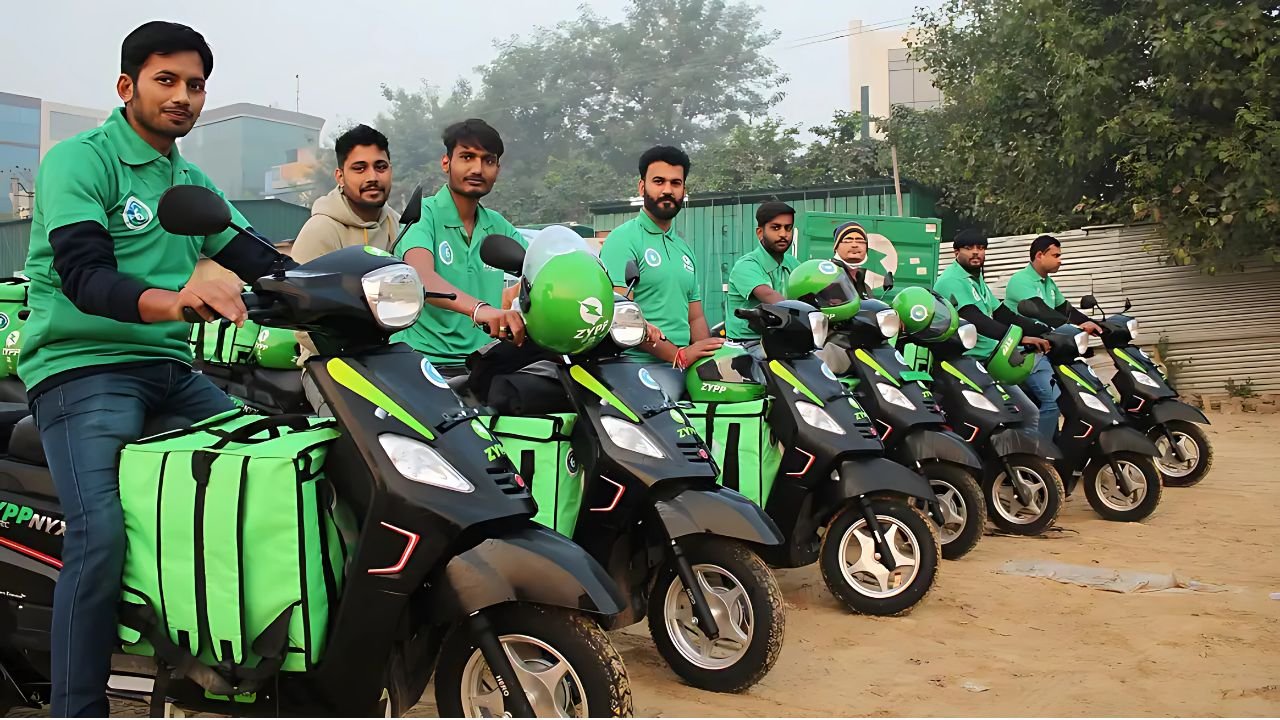India’s booming e-commerce industry has changed the way people shop and receive goods. From groceries to electronics, customers expect fast and reliable delivery at their doorstep. The last mile, which refers to the final leg of the delivery journey from the distribution hub to the customer, has become the most critical and challenging part of logistics in urban India. With rising consumer expectations and congested city infrastructure, last-mile delivery faces unique hurdles. To sustain growth and improve customer satisfaction, businesses are exploring innovative solutions for smoother and faster urban logistics.
Growing Demand for Faster Deliveries
The demand for same-day and next-day deliveries is increasing across Indian cities. Online shoppers now consider delivery speed as an important factor when choosing a platform. This trend puts immense pressure on logistics providers to deliver quickly while maintaining cost efficiency. Companies are struggling to balance speed with profitability, especially in densely populated areas where traffic congestion and infrastructure issues slow down operations.
Key Challenges in Last-Mile Delivery
Urban logistics in India comes with multiple challenges that impact both businesses and customers.
Traffic Congestion
India’s metropolitan cities are infamous for heavy traffic. Delivery vehicles often spend hours stuck in jams, delaying deliveries and increasing fuel consumption. This reduces efficiency and adds to the overall cost.
Complex Address Systems
Unstructured addresses and lack of standardization in many Indian cities make navigation difficult. Delivery agents spend extra time locating customers, especially in rural-urban mixed zones or congested neighborhoods.
High Delivery Costs
The last mile is the most expensive part of logistics, accounting for nearly 40-50% of the total supply chain cost. With increased demand for faster deliveries, companies struggle to absorb these costs without raising customer prices.
Failed Deliveries
Missed or failed deliveries due to incorrect addresses, customer unavailability, or payment issues are common in India. Each failed delivery adds extra operational expenses and reduces customer satisfaction.
Environmental Concerns
Rising fuel usage in delivery vehicles contributes to pollution in urban areas. With increasing deliveries every day, environmental sustainability is becoming a pressing issue for logistics providers.
Solutions for Faster and Smarter Last-Mile Delivery
To overcome these challenges, logistics companies and startups in India are experimenting with a range of innovative solutions.
Route Optimization Technology
Advanced mapping and navigation systems help delivery agents find the quickest routes. Real-time traffic updates allow companies to adjust routes dynamically, cutting travel time and fuel costs. This technology ensures timely deliveries even in congested areas.
Use of Electric Vehicles and Bikes
Electric vehicles and two-wheelers are becoming popular for urban logistics. They reduce operational costs, minimize pollution, and can easily navigate through narrow lanes and heavy traffic. Several companies are investing in EV fleets to make deliveries faster and greener.
Micro-Warehousing and Dark Stores
Instead of depending on large central warehouses, businesses are setting up micro-warehouses and dark stores closer to customers. These small storage facilities in urban neighborhoods enable quicker dispatches and reduce delivery time significantly.
Delivery Drones and Autonomous Vehicles
Although still in the testing phase in India, drones and autonomous delivery vehicles are considered the future of last-mile logistics. They can bypass traffic and deliver directly to customers in less time, especially in high-density areas.
Improved Address Systems and Technology Integration
Digital mapping tools combined with GPS-enabled devices help address the issue of unstructured locations. E-commerce platforms are also encouraging customers to share precise geolocation during checkout, reducing the time spent in finding delivery addresses.
Flexible Delivery Options
Companies are offering customers flexible delivery slots and pick-up points at local stores. This reduces failed deliveries and ensures customers receive their packages when it is most convenient for them.
Role of Startups in Transforming Urban Logistics
India has seen a surge of logistics startups focused on solving last-mile challenges. Startups like Delhivery, Shadowfax, and Dunzo are using advanced technology, data analytics, and innovative models to provide faster deliveries. Their efforts are reshaping how traditional logistics companies operate and setting new benchmarks for efficiency.
The Future of Last-Mile Delivery in India
The future of urban logistics lies in the combination of technology and sustainability. By 2025, the adoption of electric vehicles, drone deliveries, and AI-powered route optimization is expected to be widespread. Government initiatives to promote green mobility and smart city infrastructure will also support faster and more efficient last-mile delivery. Companies that embrace innovation and focus on customer convenience will stay ahead in the competitive logistics market.
Conclusion
Last-mile delivery in India is both a challenge and an opportunity. With growing customer expectations and urban complexities, businesses must rethink their logistics strategies. By leveraging technology, adopting sustainable practices, and building smarter infrastructure, the logistics industry can overcome challenges and deliver faster, greener, and more reliable services. The evolution of last-mile delivery will not only improve customer experiences but also shape the future of India’s e-commerce and supply chain ecosystem.
